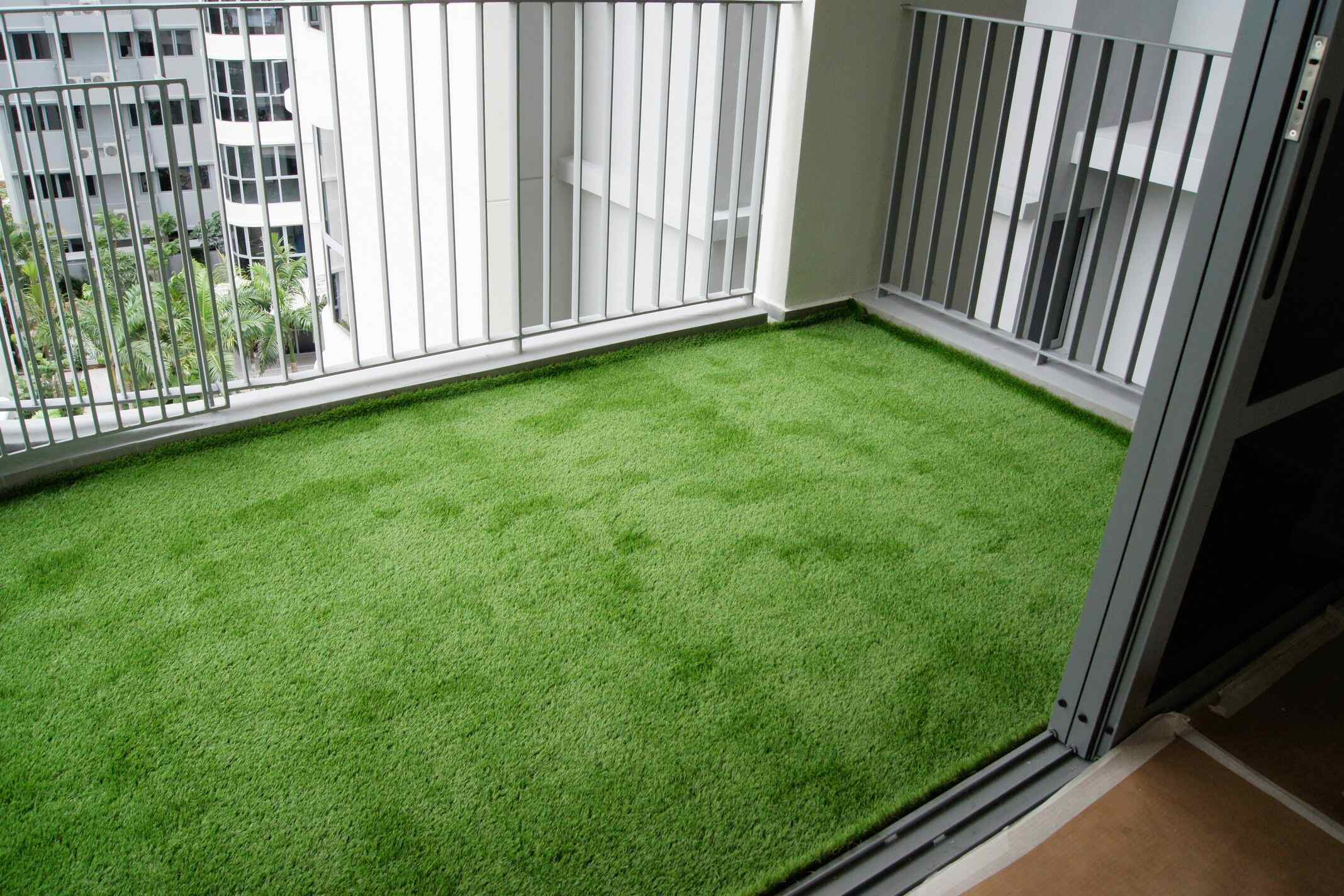

Articles
How To Clean Artificial Grass On Balcony
Modified: February 27, 2024
Learn how to clean artificial grass on your balcony with these helpful articles. Keep your balcony looking fresh and vibrant all year round.
(Many of the links in this article redirect to a specific reviewed product. Your purchase of these products through affiliate links helps to generate commission for Storables.com, at no extra cost. Learn more)
Introduction
Welcome to the comprehensive guide on how to clean artificial grass on your balcony. Artificial grass is a great addition to any balcony, providing a lush and green outdoor space that requires minimal maintenance. However, just like any outdoor surface, it can accumulate dirt, debris, and stains over time. Cleaning your artificial grass regularly not only helps to keep it looking its best but also ensures its longevity.
In this article, we will walk you through a step-by-step process to effectively clean your balcony’s artificial grass. Whether you’re dealing with leaves, mud, or tough stains, we’ve got you covered. So let’s get started and bring back the vibrant and fresh look to your balcony.
Key Takeaways:
- Keep your balcony’s artificial grass looking fresh by regularly removing debris, rinsing with water, and scrubbing with a soft bristle brush to maintain its longevity and vibrant appearance.
- Tackle tough stains on your balcony’s artificial grass with specific cleaning methods, such as using absorbent materials for oil stains and applying mild detergent for organic stains, to restore its pristine look.
Read more: How To Install Fake Grass On A Balcony
Step 1: Remove Debris
The first step in cleaning your artificial grass is to remove any debris that has accumulated on the surface. This can include leaves, twigs, dirt, and other loose particles. You can start by using a leaf blower, a broom, or even a plastic rake to gently sweep away the debris. Be careful not to apply too much pressure or use tools with sharp edges that can damage the artificial grass fibers.
If you prefer a more hands-on approach, you can also use a handheld vacuum cleaner or a dustpan and brush to manually collect the debris. It’s important to ensure that the area is thoroughly cleared of any loose particles before moving on to the next step.
Removing debris regularly not only improves the appearance of your artificial grass but also prevents it from getting trapped within the fibers, which can lead to mold and bacterial growth if left unattended. So take your time and make sure to clear away all visible debris to prepare the surface for a deeper cleaning.
Step 2: Rinse with Water
Once you have removed the debris, the next step is to thoroughly rinse the artificial grass with water. This step helps to remove any remaining dirt or dust particles that may be lingering on the surface.
You can use a garden hose or a pressure washer to accomplish this task. Start by wetting the entire area, making sure to evenly distribute the water. Use a back-and-forth motion to cover the entire artificial grass surface. Pay attention to any areas that may require extra attention, such as spots where pets frequent or where spills have occurred.
When rinsing with water, it’s important to avoid using hot water as it can cause the artificial grass fibers to melt or warp. Stick to using cold or lukewarm water instead. Additionally, make sure not to excessively saturate the grass, as this can lead to water pooling and potential damage to the underlying balcony structure.
If you are using a pressure washer, be cautious with the water pressure. Opt for a lower setting to prevent any potential damage to the artificial grass. Keep the nozzle at a safe distance from the surface, usually around 12-16 inches, to avoid any unwanted impact on the grass fibers.
Rinsing with water helps to refresh the artificial grass, remove surface-level debris, and prepare it for the next cleaning steps. Take your time and ensure that all areas are adequately rinsed before proceeding to the next step.
Step 3: Scrub with a Soft Bristle Brush
After rinsing the artificial grass, it’s time to give it a deeper clean by scrubbing the surface with a soft bristle brush. This step helps to dislodge any stubborn dirt, stains, or stuck-on debris that may be clinging to the grass fibers.
Start by choosing a soft bristle brush that is suitable for use on artificial grass. Avoid using brushes with stiff or abrasive bristles, as they can damage the grass fibers. Opt for a brush with synthetic bristles or a specially designed artificial grass brush that is gentle yet effective.
Work in small sections, focusing on areas where stains or dirt are more prominent. Dip the brush into a mixture of mild detergent and water. Gently scrub the surface in a circular motion, applying slight pressure to loosen any ingrained dirt or stains. Be thorough but gentle to avoid damaging the grass fibers.
If you encounter tough stains that are difficult to remove, you can apply a stain remover or a mixture of vinegar and water to the affected area before scrubbing. Allow the solution to sit for a few minutes to break down the stain before proceeding with the brushing process.
Pay attention to corners, edges, and seams, as these areas are prone to accumulating dirt and debris. Take your time and ensure that all sections of the artificial grass are scrubbed and cleaned.
Once you have completed the scrubbing process, rinse the surface with water to remove any remaining detergent or residue. This will leave your artificial grass looking fresh and clean.
Scrubbing with a soft bristle brush helps to rejuvenate the artificial grass and remove deeper dirt and stains. Take your time and be thorough in order to achieve the best results.
Use a mild detergent and water to clean artificial grass on your balcony. Gently scrub the surface with a soft-bristled brush and rinse thoroughly with water. Avoid using harsh chemicals or high-pressure washers.
Step 4: Treat Tough Stains
While scrubbing the artificial grass can effectively remove most stains, there may be some tough stains that require additional treatment. In this step, we will explore different methods to tackle those stubborn stains and restore the pristine look of your balcony’s artificial grass.
1. Oil or Grease Stains:
If you have oil or grease stains on your artificial grass, start by blotting the area with a clean cloth or paper towel to absorb as much of the grease as possible. Then, sprinkle an absorbent material like baking soda, cornstarch, or sawdust over the stain. Let it sit for a few hours or overnight to absorb the remaining grease. Afterward, gently brush away the absorbent material and rinse the area with water.
2. Gum or Adhesive Stains:
To remove gum or adhesive stains, apply an ice cube directly to the stain to harden it. Once the gum or adhesive hardens, carefully scrape it off using a plastic scraper. Be cautious not to damage the grass fibers while scraping. If any residue remains, use a mild detergent solution and gently scrub the area with a soft bristle brush. Rinse thoroughly with water afterward.
3. Ink or Dye Stains:
If you have ink or dye stains on your artificial grass, try using a mixture of warm water and mild dish soap. Apply the solution to the stain and gently scrub with a soft bristle brush. Rinse thoroughly with water and repeat the process if necessary. For stubborn ink stains, you can use isopropyl alcohol or a specialized stain remover specifically designed for artificial grass.
4. Organic Stains:
To remove organic stains such as food, beverages, or pet urine, first, blot up any excess liquid with a clean cloth or paper towel. Then, mix a solution of equal parts white vinegar and water. Apply the solution to the stain and let it sit for a few minutes to break down the organic matter. Gently scrub the area with a soft bristle brush and rinse thoroughly with water.
Remember to always spot test any cleaning solution on a small, inconspicuous area of the artificial grass before applying it to the entire stain. This will prevent any potential damage to the grass fibers.
By treating tough stains promptly and using the appropriate cleaning methods, you can effectively remove stubborn stains and restore the pristine appearance of your artificial grass.
Read more: What Is Balcony Height Patio Furniture
Step 5: Rinse Again
Once you have treated any tough stains and completed the scrubbing process, it’s important to rinse the artificial grass again. This step ensures that any remaining cleaning solution or residue is thoroughly removed from the surface.
Using a garden hose or a pressure washer, lightly rinse the entire area of the artificial grass. Start from one end and work your way towards the other, ensuring that all sections are properly rinsed. Pay close attention to any areas where cleaning solutions were applied to ensure they are completely rinsed away.
While rinsing, you can gently brush the grass with your hand or a soft bristle brush to help loosen any remaining residue. This will help to ensure a thorough cleaning and leave your artificial grass looking fresh and vibrant.
Make sure not to leave any standing water on the surface. If there are any puddles or excess water, use a squeegee or a towel to remove it. Allowing water to pool or accumulate on the artificial grass can lead to potential damage or the growth of mold and bacteria.
By rinsing the artificial grass again, you are ensuring that it is free from any cleaning agents, residue, or remaining debris. This step is essential to maintain the cleanliness and longevity of your balcony’s artificial grass.
Step 6: Allow to Dry
After rinsing the artificial grass, the final step is to allow it to dry completely before using or walking on it. Allowing the grass to air dry naturally is the best method to ensure thorough drying and prevent any potential damage to the surface.
Depending on the weather conditions and humidity levels, drying time can vary. In warmer and sunnier weather, the grass may dry relatively quickly. However, in cooler or more humid conditions, it may take longer for the grass to dry completely.
During the drying process, it’s important to keep foot traffic to a minimum to prevent any imprints or disturbances on the artificial grass surface. Avoid placing any furniture or objects on the grass until it is completely dry to avoid leaving marks or indentations.
If you need to expedite the drying process, you can use a leaf blower or a fan to help circulate the air and speed up evaporation. However, be cautious not to use excessive heat or direct heat sources, as this can damage the artificial grass fibers.
Once the grass is completely dry, you can enjoy your clean and refreshed balcony space. The dry artificial grass will be ready for use, whether it’s for hosting outdoor gatherings, lounging, or simply enjoying the aesthetics of a well-maintained balcony.
Remember to regularly clean and maintain your artificial grass to keep it looking its best. By following these steps, you can ensure the longevity and durability of your balcony’s artificial grass while enjoying a clean and vibrant outdoor space.
Conclusion
Cleaning your artificial grass on your balcony is an essential part of its maintenance and ensures that it retains its fresh and vibrant appearance for years to come. By following these six steps, you can effectively remove debris, stains, and dirt, leaving your balcony looking clean and inviting.
Remember to start by removing any debris from the surface using a leaf blower, broom, or rake. Next, rinse the grass with water to remove loose dirt and dust. Scrubbing with a soft bristle brush helps to agitate and remove deeper stains, followed by treating tough stains with appropriate cleaning methods.
Afterward, rinse the entire surface again to ensure the removal of any cleaning solution or residue. Lastly, allow the grass to air dry completely before using the area. By following these steps regularly, you can maintain the longevity and appearance of your artificial grass.
Keep in mind that prevention is key when it comes to maintaining the cleanliness of your artificial grass. Sweep the balcony regularly to remove leaves, dirt, and other debris. Promptly clean up any spills or messes to prevent stains from setting in. Additionally, consider covering the balcony during extreme weather conditions to minimize exposure to elements that can cause staining or damage.
By taking the time to clean and care for your artificial grass, you can create a beautiful and welcoming outdoor space on your balcony. Enjoy the lush greenery and low maintenance benefits of artificial grass while enhancing the overall aesthetic of your living area.
So, roll up your sleeves, gather the necessary tools, and get ready to give your balcony’s artificial grass the thorough cleaning it deserves. With these steps and a little bit of elbow grease, you’ll have a clean and pristine artificial grass surface that you can enjoy year-round.
Frequently Asked Questions about How To Clean Artificial Grass On Balcony
Was this page helpful?
At Storables.com, we guarantee accurate and reliable information. Our content, validated by Expert Board Contributors, is crafted following stringent Editorial Policies. We're committed to providing you with well-researched, expert-backed insights for all your informational needs.
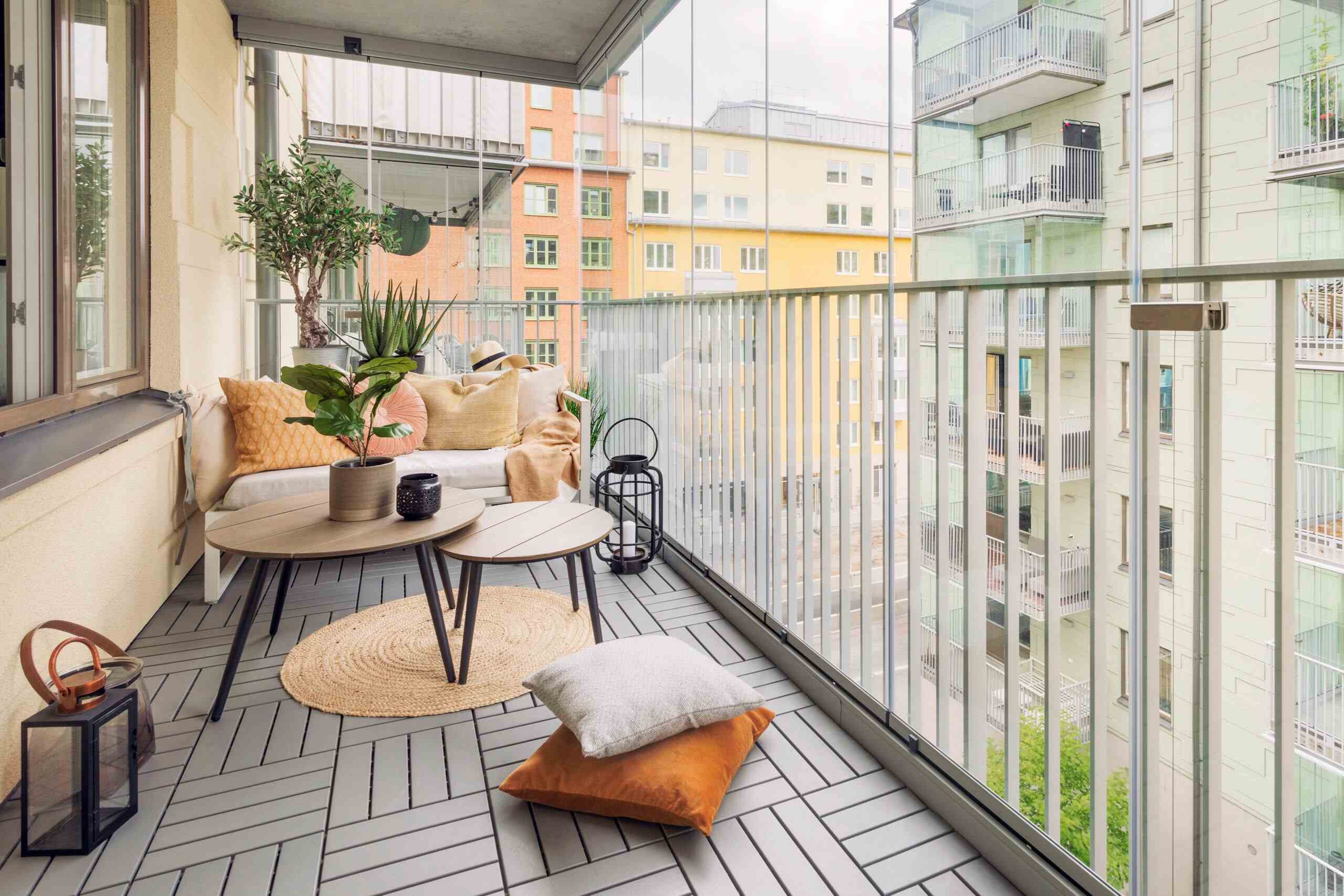
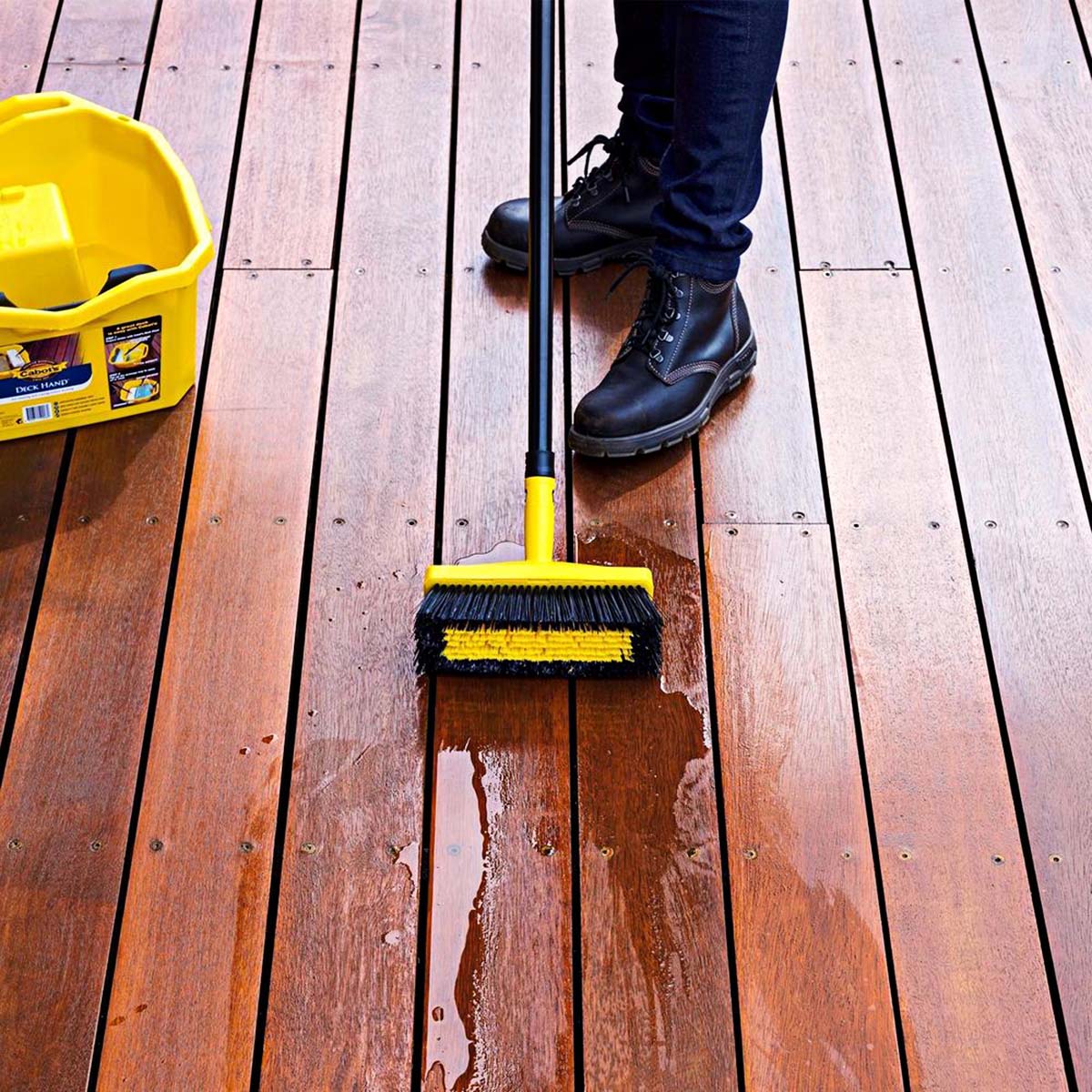
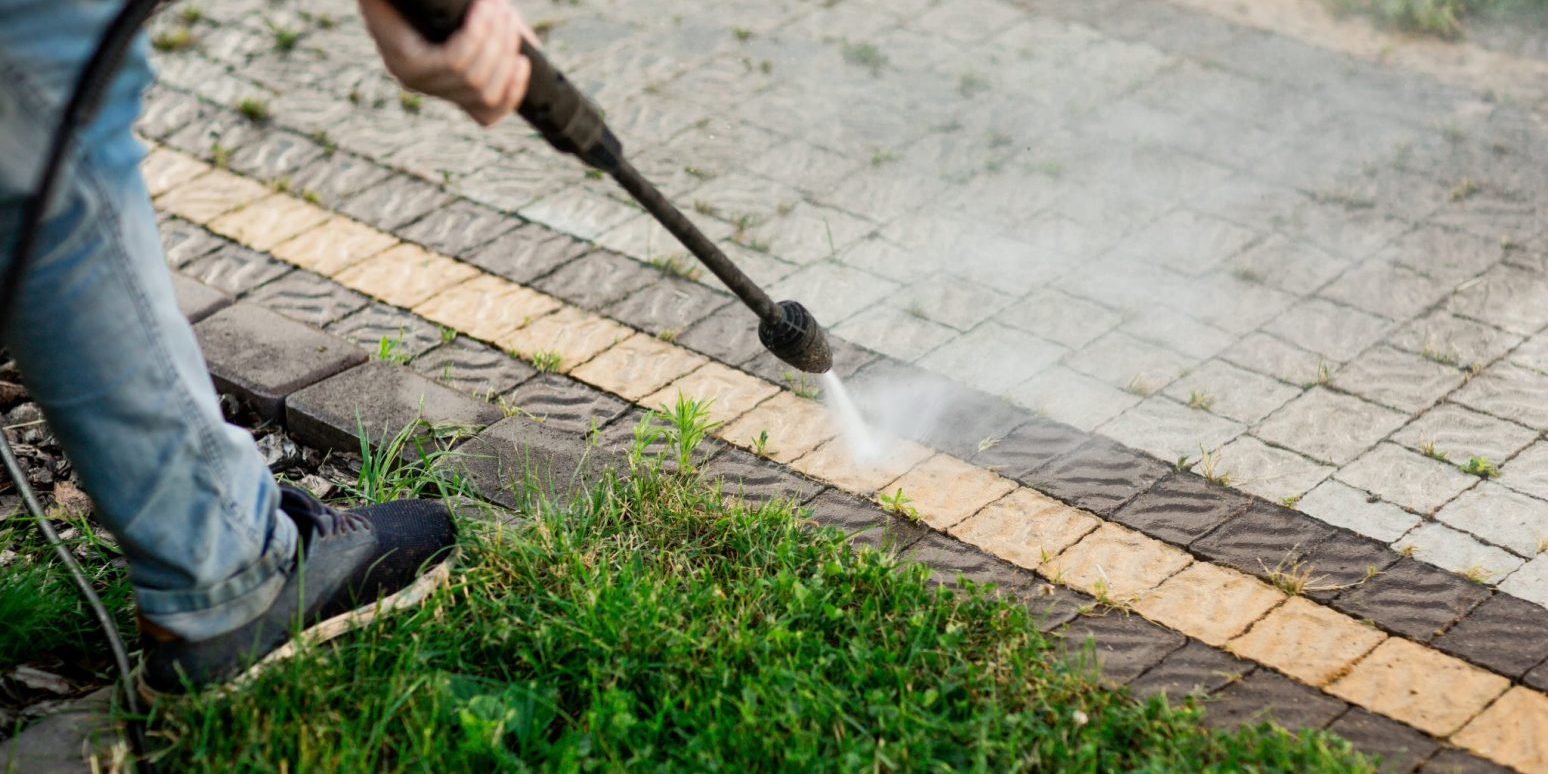
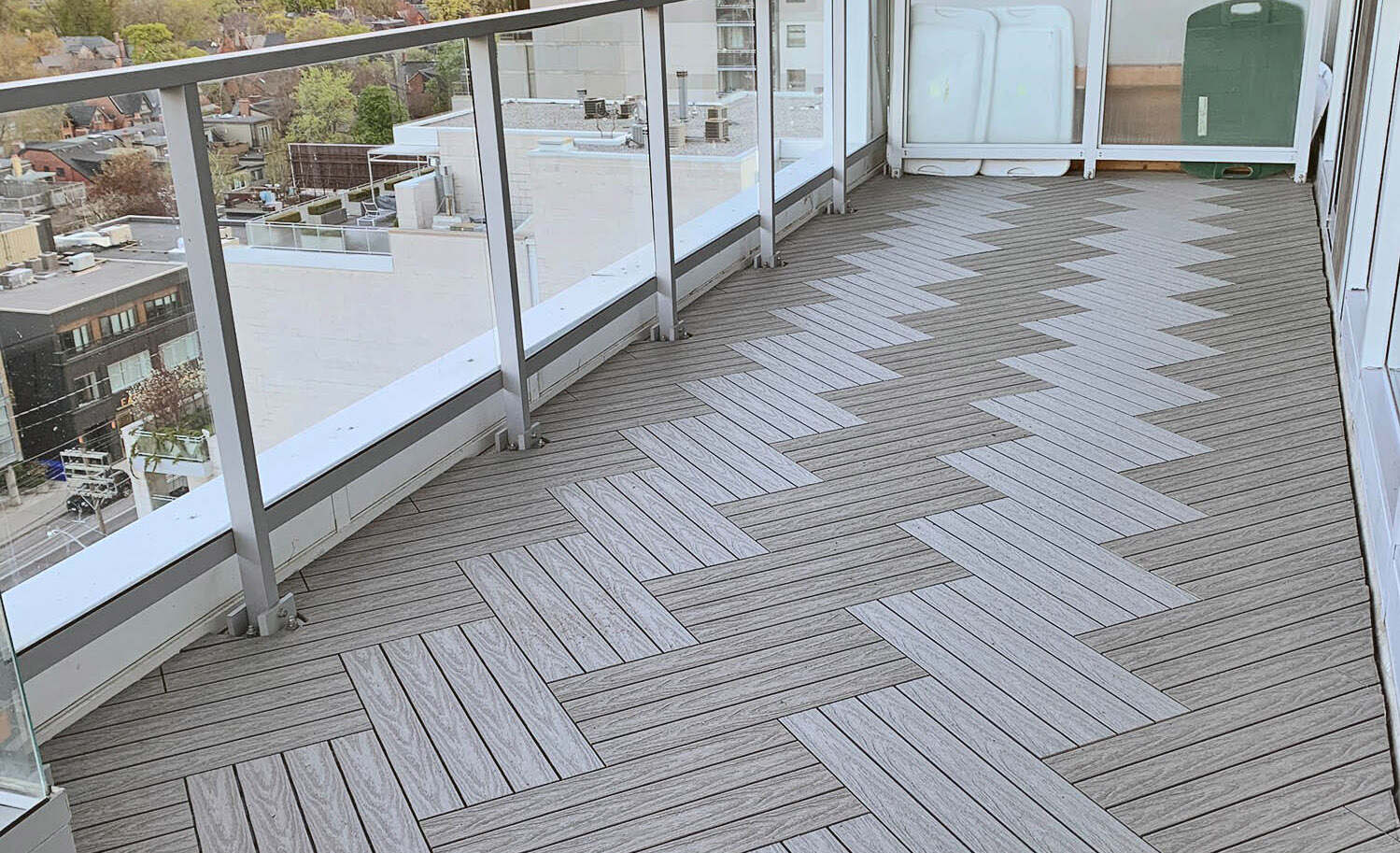

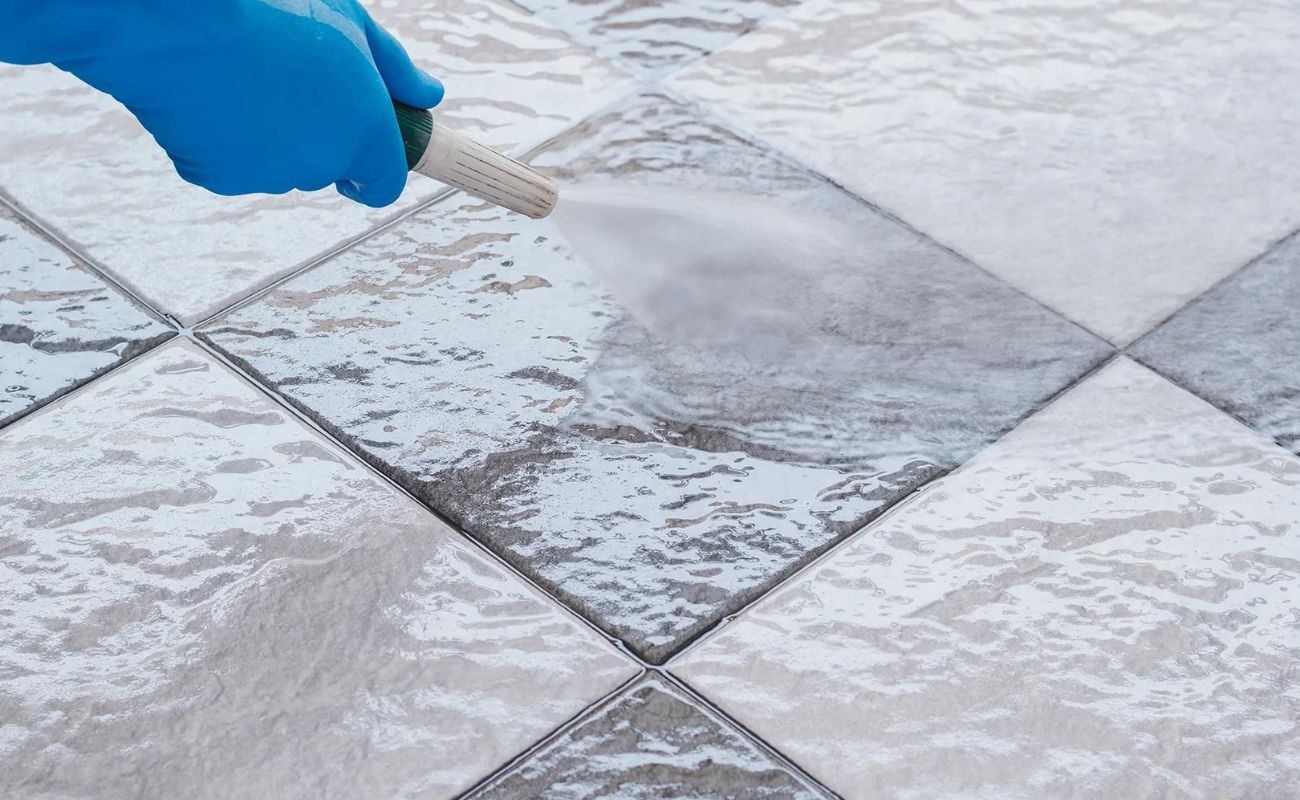
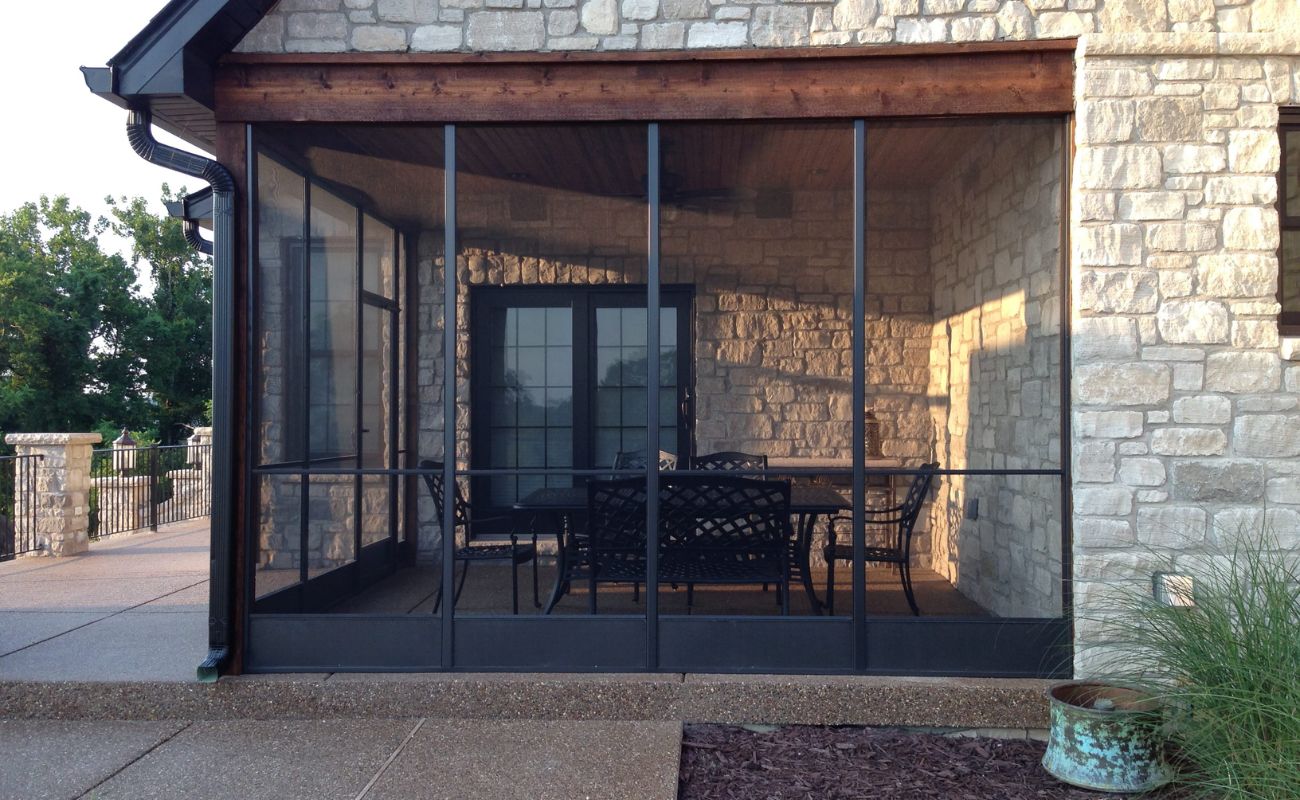
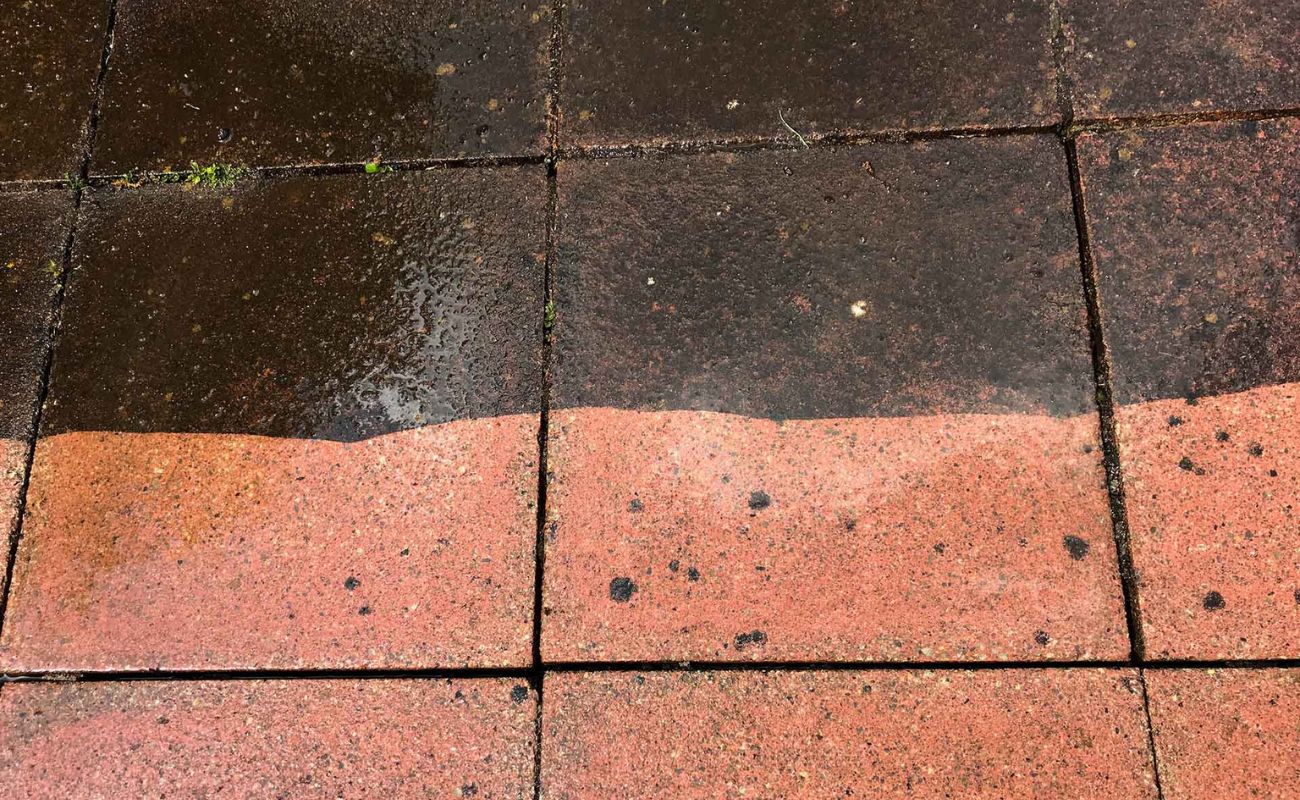
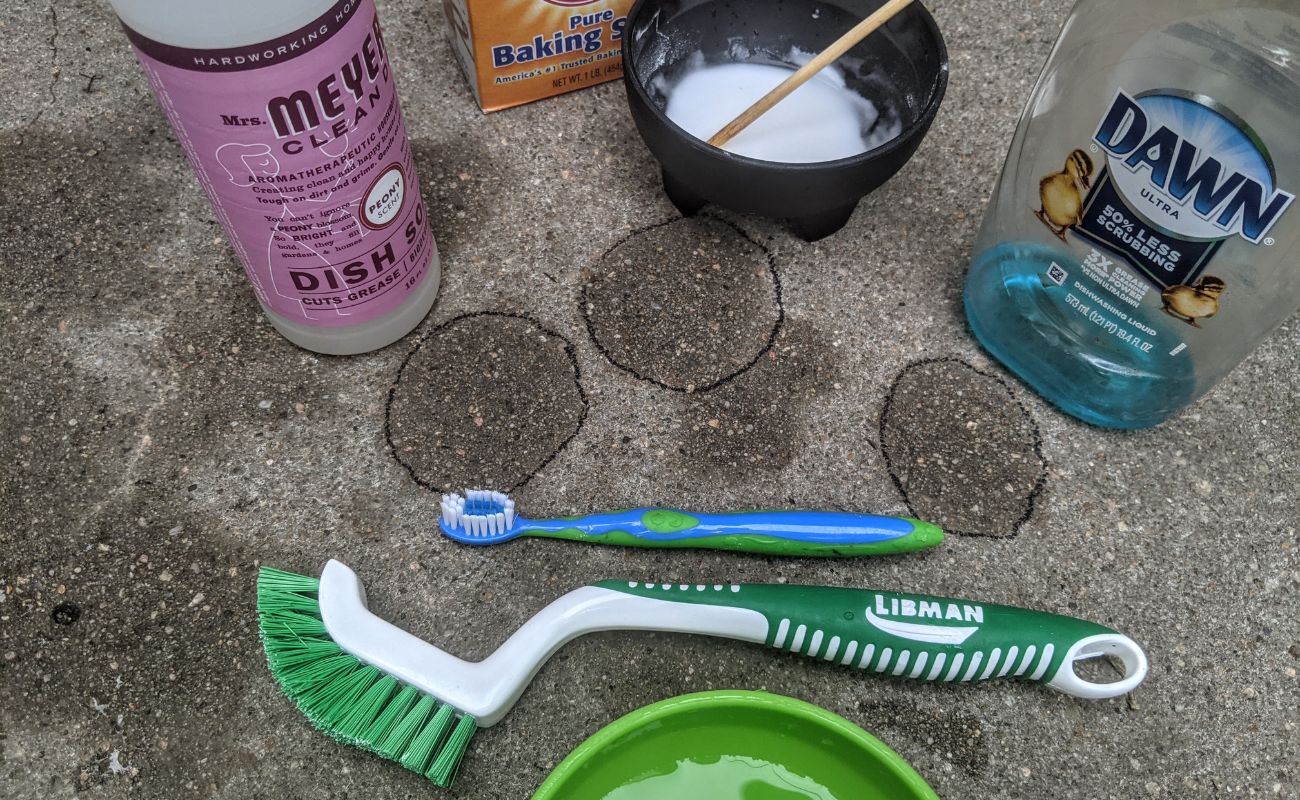
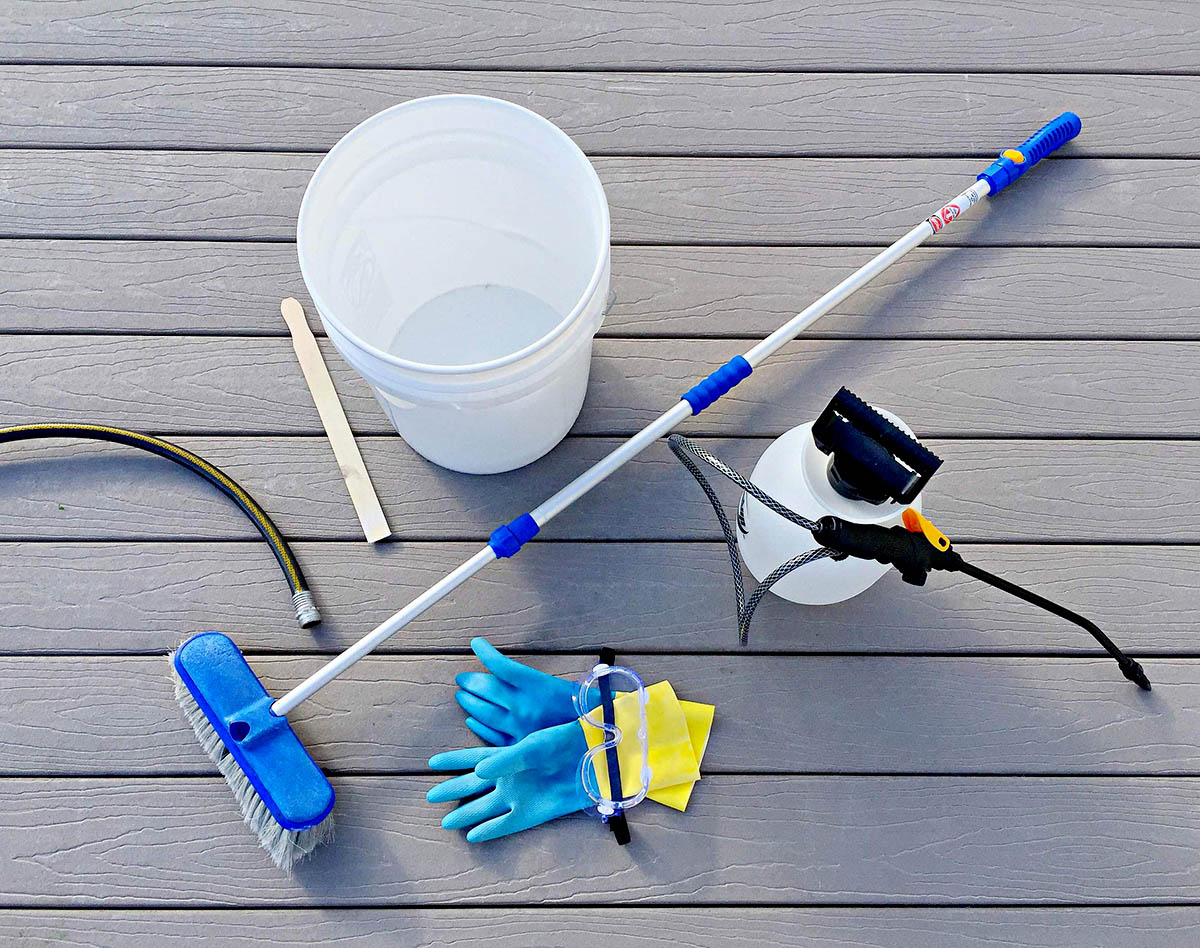
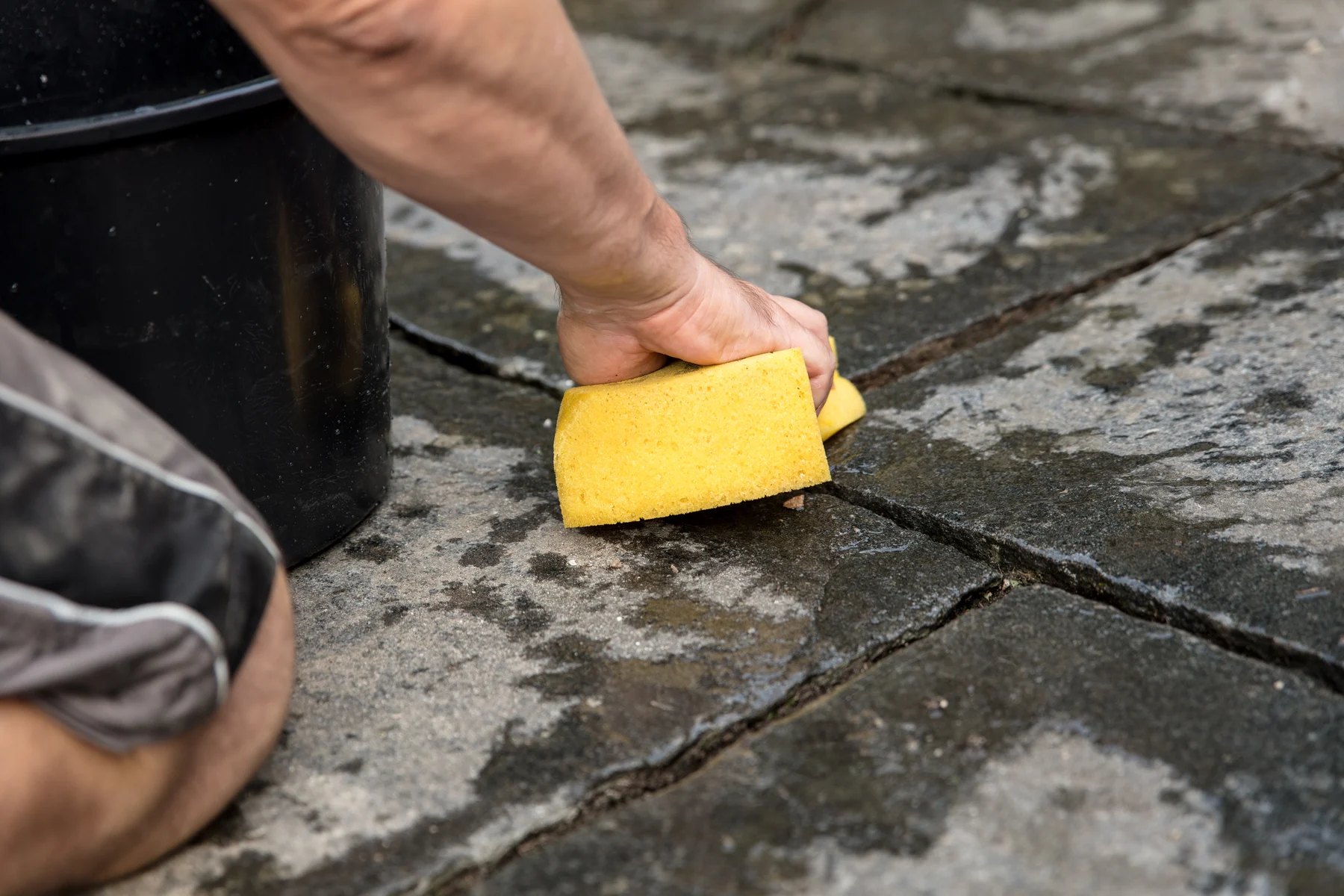
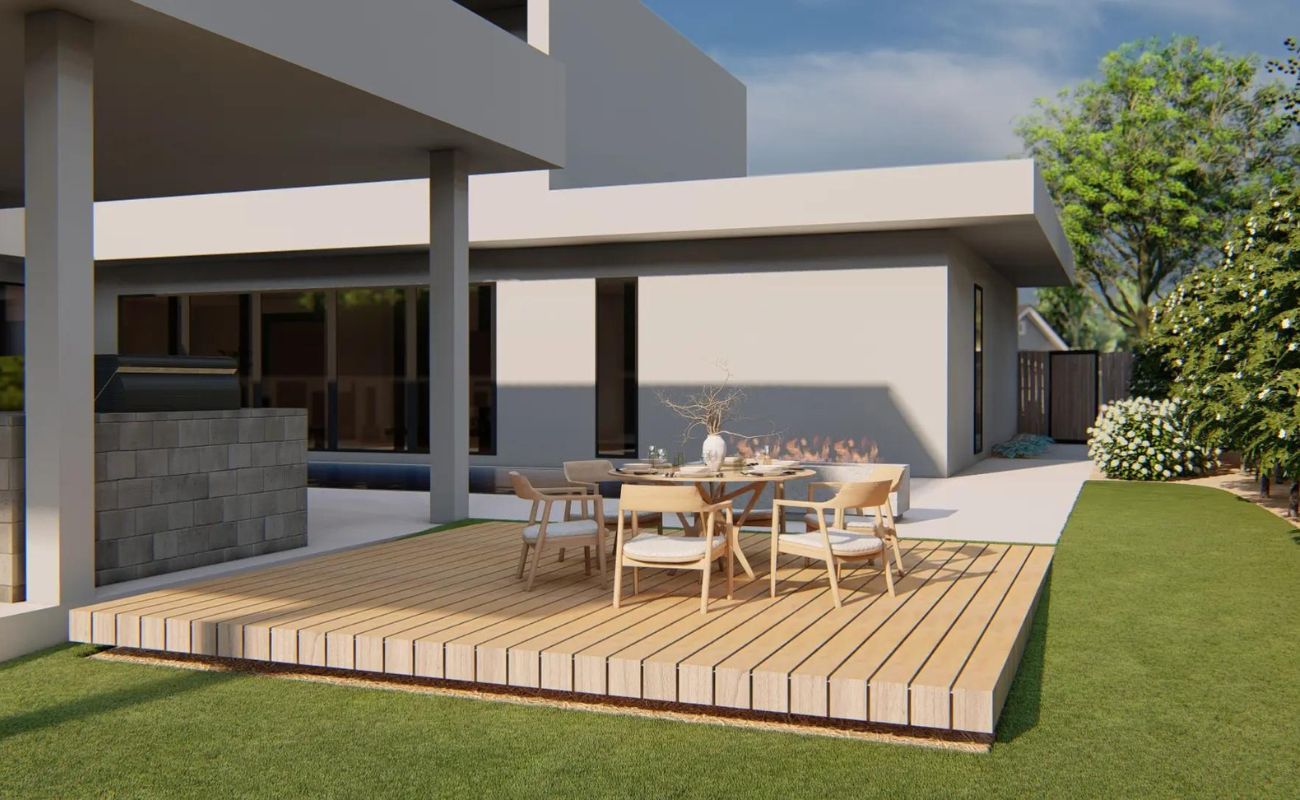
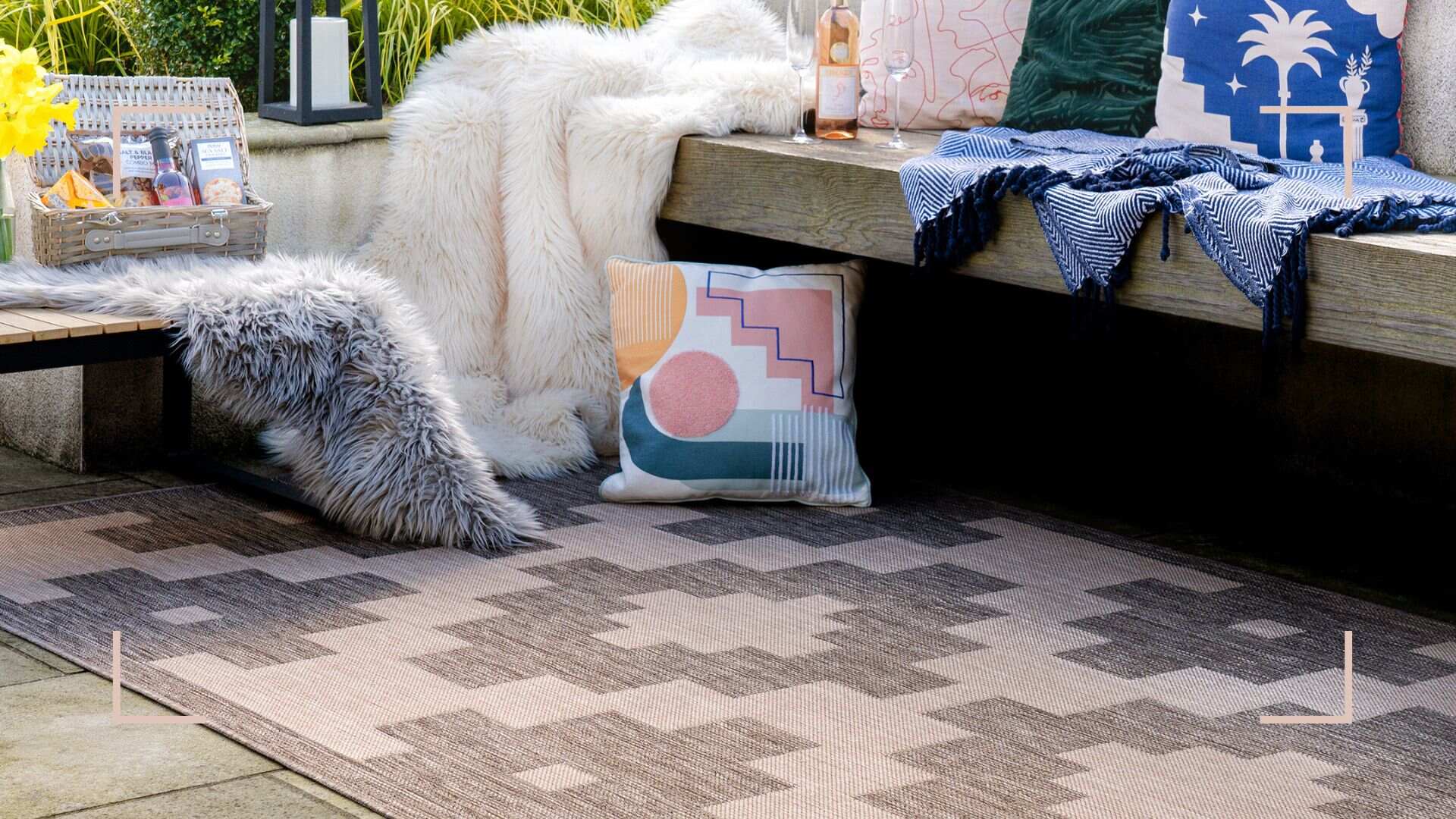
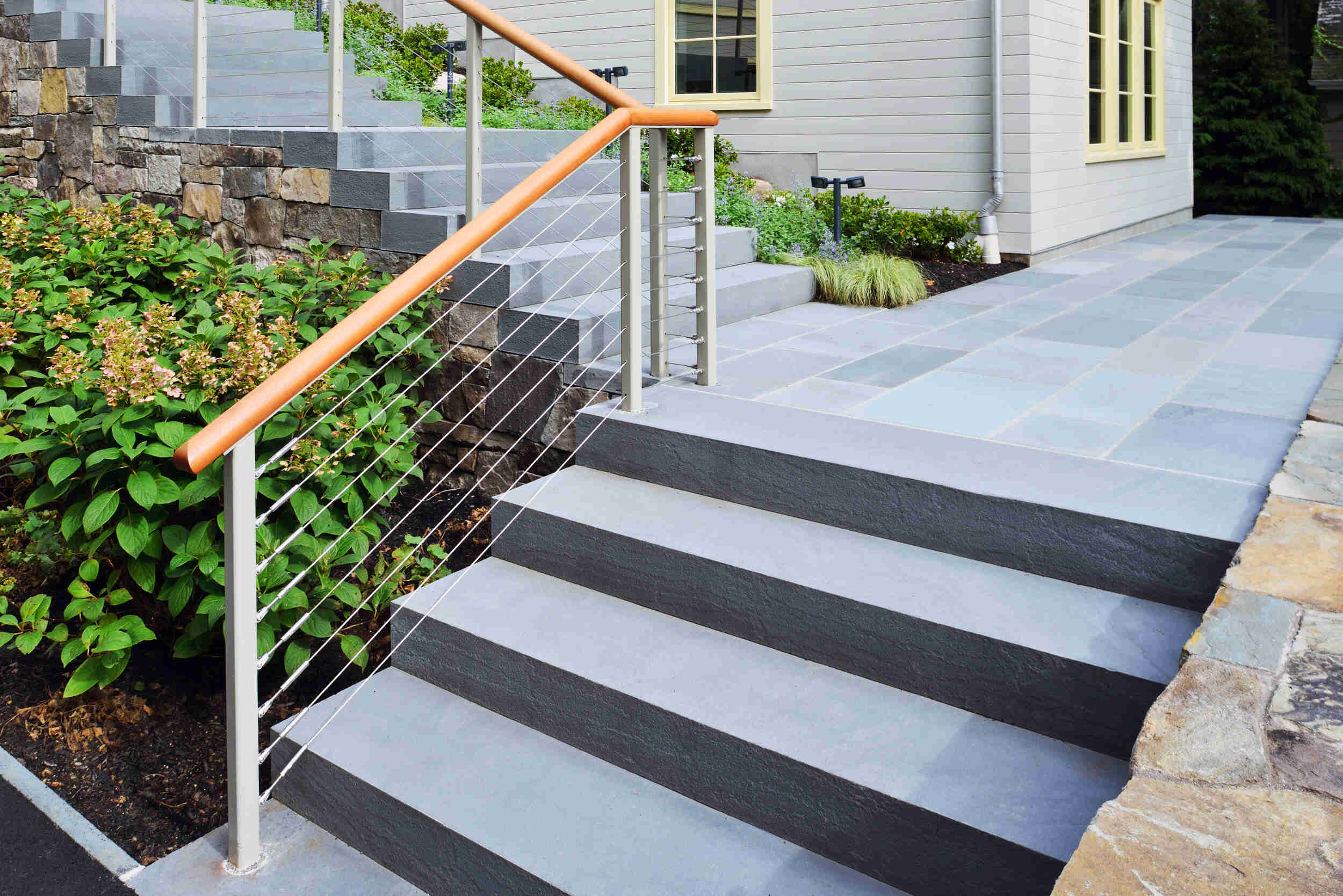

0 thoughts on “How To Clean Artificial Grass On Balcony”